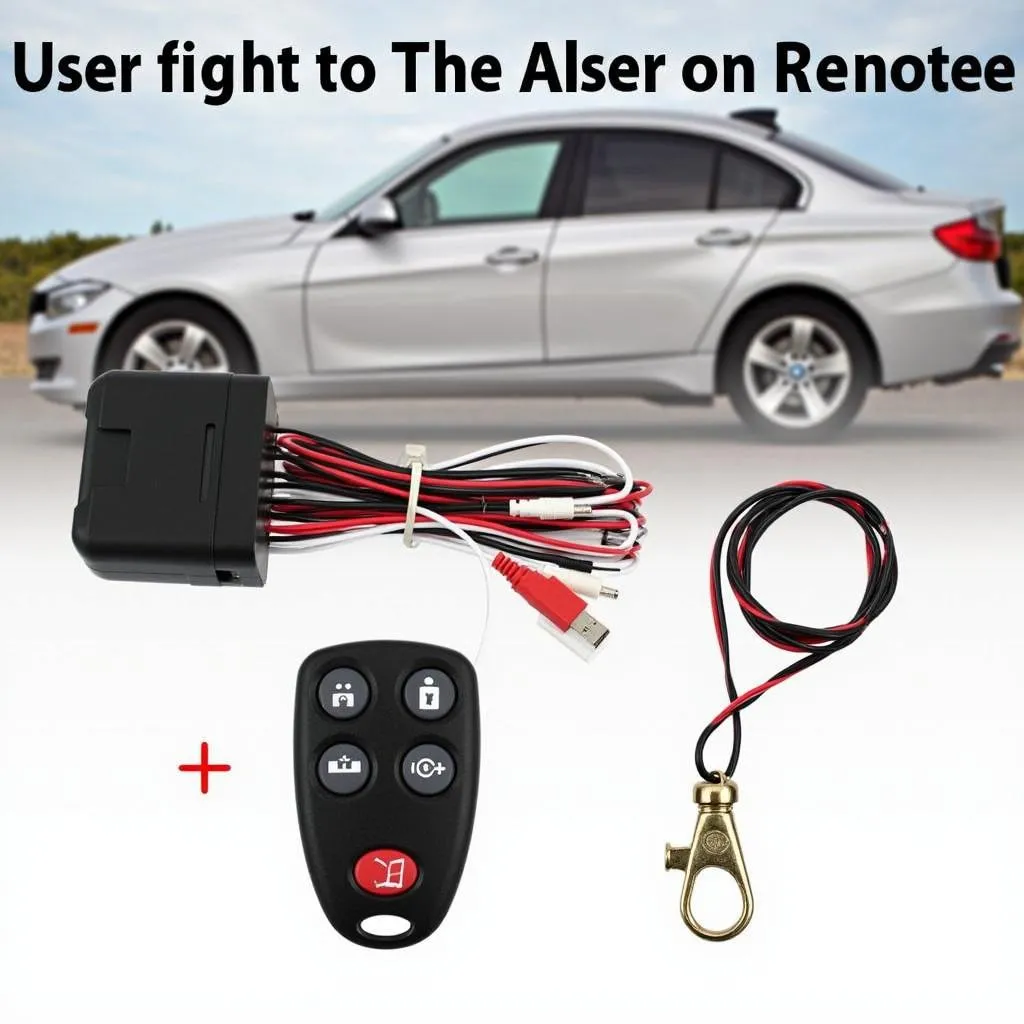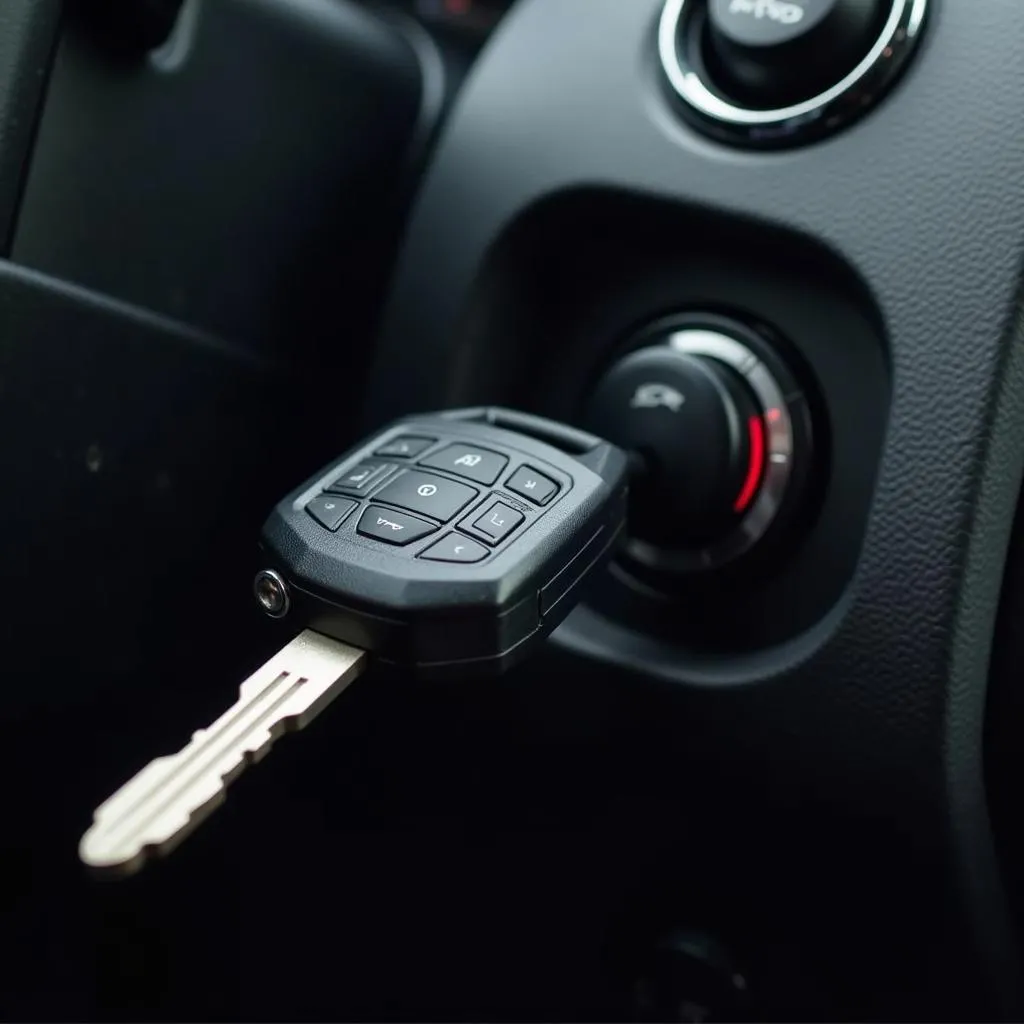A key fob, or remote keyless entry system, has become an essential part of modern vehicles. It allows you to conveniently lock, unlock, and even start your car remotely. However, like any other electronic device, your key fob relies on a battery to function correctly. When that battery starts to die, you’ll notice some telltale signs.
Knowing the symptoms of a low battery in your key fob can save you from frustrating situations where you’re stranded and unable to access your vehicle. This article will explore the common symptoms of a low key fob battery, how to diagnose the issue, and the steps to replace it.
Common Symptoms of Low Key Fob Battery
Recognizing the signs of a dying key fob battery can save you a lot of trouble in the long run. Here are some of the most common indicators:
-
Decreased Range: One of the first signs of a weakening key fob battery is a noticeable decrease in its operating range. You might find yourself having to stand closer to your vehicle to lock or unlock it.
-
Intermittent Functionality: A dying key fob battery may cause your key fob to work erratically. It might work fine one minute and then fail to respond the next.
-
Multiple Presses Required: If you find yourself having to press the buttons on your key fob multiple times to get it to respond, it’s a strong indication that the battery is low.
-
Slow Response Time: Another sign of a weak battery is a delayed response from your car. The lights might take longer to flash, or the locks might engage slower than usual.
-
Dashboard Warning Light: Some vehicles are equipped to display a warning light on the dashboard if the key fob battery is low. This light is often accompanied by a message indicating a low key fob battery.
Diagnosing a Low Key Fob Battery
If you’re experiencing any of the symptoms mentioned above, it’s essential to diagnose the problem accurately. While a low battery is the most common culprit, other issues, such as a faulty key fob or a problem with your car’s receiver, could also be at play.
Here’s how to determine if a low battery is indeed the problem:
-
Check Your Owner’s Manual: Your car’s owner’s manual will have information on how to check and replace the key fob battery. It will also typically include a section on troubleshooting key fob issues.
-
Try a Spare Key Fob: If you have a spare key fob, try using it. If the spare key fob works without any issues, then the battery in your primary key fob is likely the culprit.
-
Inspect the Battery: If your key fob has a visible battery compartment, carefully open it and inspect the battery for any signs of corrosion or damage.
Replacing Your Key Fob Battery
Once you’ve determined that the battery is the issue, replacing it is a relatively straightforward process. Here’s a step-by-step guide:
-
Gather the Necessary Materials: You’ll need a new battery (check your owner’s manual for the correct type), a small screwdriver (if applicable), and your car key fob.
-
Locate the Battery Compartment: The battery compartment is typically located on the back or side of the key fob. It might be secured with screws or a small latch.
-
Open the Compartment: Carefully open the battery compartment using the screwdriver or by releasing the latch.
-
Remove the Old Battery: Gently pry out the old battery and make a note of its orientation (positive and negative sides).
-
Insert the New Battery: Place the new battery into the compartment, ensuring it’s positioned the same way as the old one.
-
Close the Compartment: Securely close the battery compartment.
-
Test Your Key Fob: Once the battery is replaced, test all the buttons on your key fob to make sure it’s functioning correctly.
Conclusion
A malfunctioning key fob can be a significant inconvenience. By recognizing the symptoms of a low battery in key fob, you can take the necessary steps to replace the battery promptly and avoid potential headaches down the road. Remember to consult your owner’s manual for specific instructions related to your vehicle model, as the process may vary slightly. If you’re unsure about any step of the process, it’s always best to consult a qualified automotive locksmith or dealership for assistance.


